 |
|
|
|
Ekaterinburg chooses its transport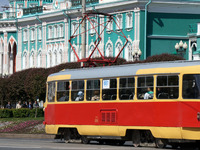
31.05.2021 — News
SVERDLOVSK REGION
In the latest study, VEB.RF Bank ranked Ekaterinburg as the second-best place in Russia for the development of public transport. Experts praised the planned electric transport concessions, as well as the prospect of a suburban electric train. The right transport strategy is the key to solving many problems of the metropolis.
Moscow as an example
Ekaterinburg is changing, growing, and developing, and public transport must not fall behind in this respect. The main thing is to find the right reference point. Singapore is considered the best transport system in the world, but it is not applicable in Russia. The government is seriously supporting car manufacturers, preferential car loans encouraging Russians to buy cars, while in Singapore, on the contrary, it is required to obtain an expensive license to buy a car. So the liberation of the cities from the flow of private vehicles is postponed for now.
Judging by the decisions of the authorities, Moscow is the closest example for Ekaterinburg. Dedicated lanes for public transport are an effective measure: it is better to drive than to be in traffic jams. The streets of the city are filled with new buses. In 2020, the city administration acquired 57 NEFAZ vehicles, and they plan to add another 60 this year.
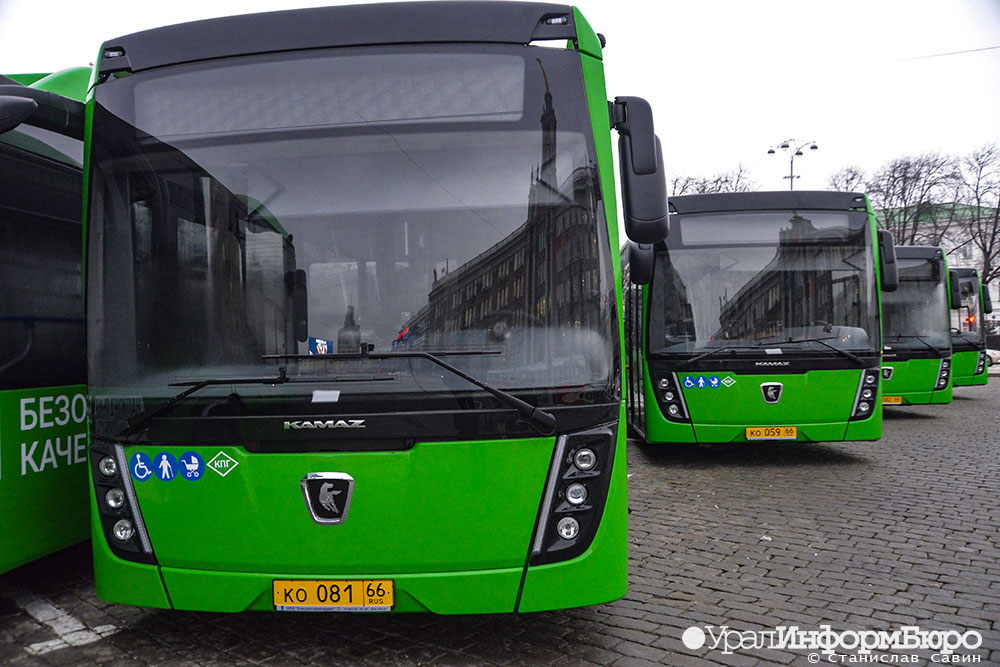
"The acquisition of new buses in 2021 will take place in the framework of the Safe and High-Quality Roads national project, the term of implementation - before 2024," Sergei Yaskevich, the deputy chairman of the city transport committee, traffic management and development of the road network, informed RusBusinesNews. "It is possible to continue the renewal of the development, provided that Ekaterinburg's application for selection for the preemptive right to purchase rolling stock on preferential terms is approved".
It will be necessary to change not only the outdated buses on the streets of the city but also older trolleybuses. "We have plans to upgrade the transport, including the purchase of new modern trolleybuses, which will also improve the quality of service for citizens," said Igor Oshchepkov, the head of the city transport committee, traffic management, and development of the road network.
.jpg)
The Dream Tram
The changes relating to the city traffic will include two large tram projects. The satellite city of Verkhnyaya Pyshma will be connected to Ekaterinburg by the end of 2021. Work is in full swing in all areas: on Shefskaya Street, tiles are already being laid between the rails, sidewalks are being arranged, and sleepers are being laid in places.
In mid-May this year, the Ministry of Transport of the Sverdlovsk region and Verkhnyaya Pyshma Tram company (which is part of Movista Regions holding) signed a concession agreement. The volume of investments into the project will amount to about 1.9 billion rubles: a modern high-tech depot will be built in Verkhnyaya Pyshma, and 11 single-section low-floor trams will be purchased. The estimated daily flow is 11 thousand passengers.
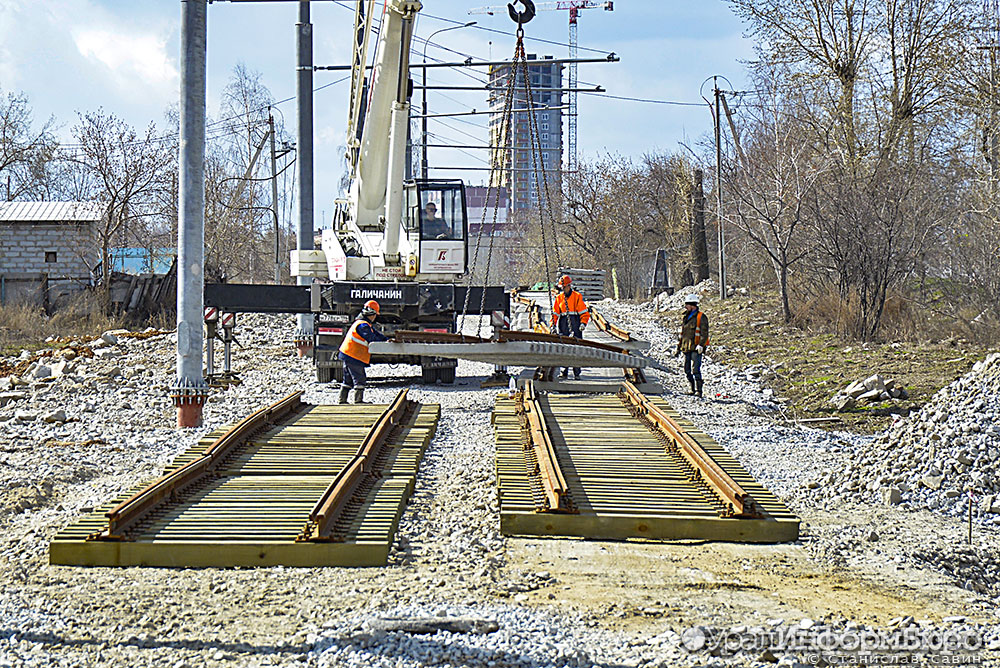
"First, you need to study the passenger traffic to Verkhnyaya Pyshma," says Igor Oshchepkov. "After that, the concessionaire may consider the possibility of extending the line to Sredneuralsk. Many residents of this town work in Ekaterinburg."
In the Akademichesky district, which has just been separated into an independent eighth district of the city, they are already discussing the second line, which will become the planned high-speed tram route along Serafima Deryabina and Wilhelm de Gennin streets.
"The second line in the Akademichesky district will be laid along Sakharova street, and there will also be a line to the Michurinsky microdistrict," Igor Oshchepkov explained. "And there is a plan to build a large modern depot."
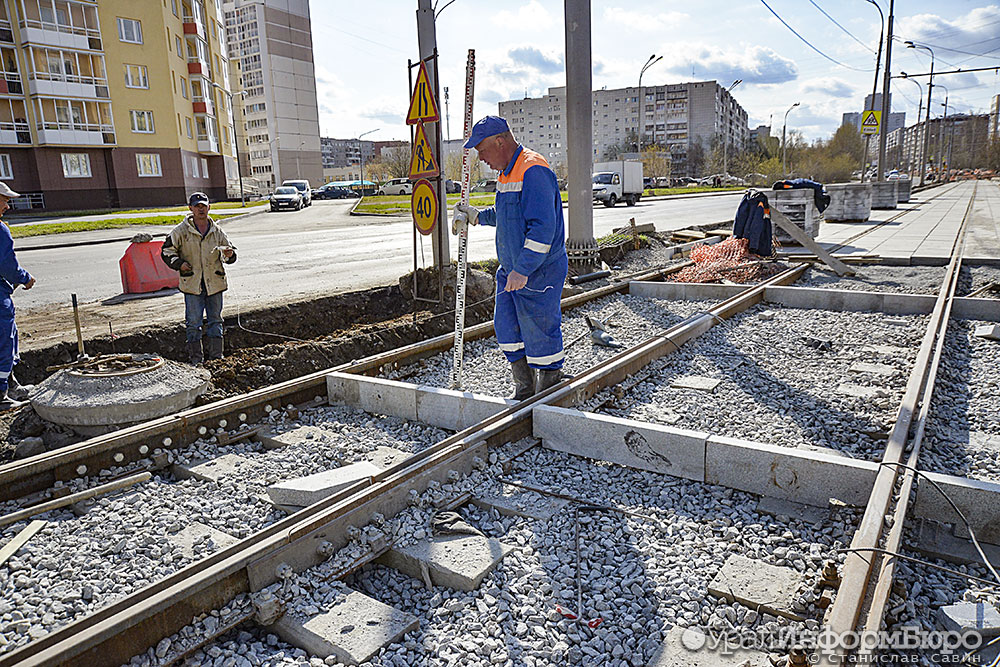
A major concession agreement is going to become the main project for the development of electric transport in Ekaterinburg. According to the agreement, it is planned to replace all trams and trolleybuses with modern ones, to update the depot, to repair it, and where necessary to replace the contact networks and traction substations. Depending on the terms of the agreement, these works will take 7-10 years.
“We will wait for new concession initiatives from businesses. We plan to transfer the operation of electric transport to civilized rails as soon as possible with the attraction of additional investment,” emphasizes Yevgeny Kuyvashev, the Governor of the Sverdlovsk region.
A Question about the Ring
If you look at the Moscow public transport scheme, the first thing that catches your eye is many circular routes. It is now challenging to organize a full-fledged ring in Ekaterinburg since it is not on the road map. In the coming years, the metropolis will finally receive a ring road. But the mayor's office made it clear that they do not plan to use it for public transport.
In search of a solution, the focus turned to the railway - the authorities are discussing the prospects for the development of an urban electric train. Formally, it already exists. One can get to Uktus, Shartash, and Koltsovo airport from the railway station. There are also tracks in the direction of Nizhny Tagil, which pass through the Sortirovka district, but the stations are located too far from residential buildings, and therefore, are inconvenient.
.jpg)
"Among the promising directions is the Novokoltsovsky route, covering the residential sector, Ekaterinburg-EXPO, and future Universiade facilities, logistic centers along the Koltsovsky tract, Koltsovo airport, and the South-West bypass which can join the center and the developing Solnechny, Akademichesky, and Shirokaya river microdistricts, as well as the promising VIZ-Pravoberezhny microdistrict," emphasizes Sergei Yaskevich.
The intercity passenger ring is a particular goal included in the Master Plan for the Development of Ekaterinburg before 2035.
"The most important factor that we consider is the city's development plans," says Ivan Kolesnikov, the head of the Sverdlovsk Railway. "Meaning the new districts, new development, which are currently underway. The creation of a transport ring will provide an opportunity to get to any part of the city in 30 minutes. And the diametrical routes (as, for example, now Ekaterinburg-Passazhirsky – Keramik route) will make it possible to reach the center in 15 minutes. "
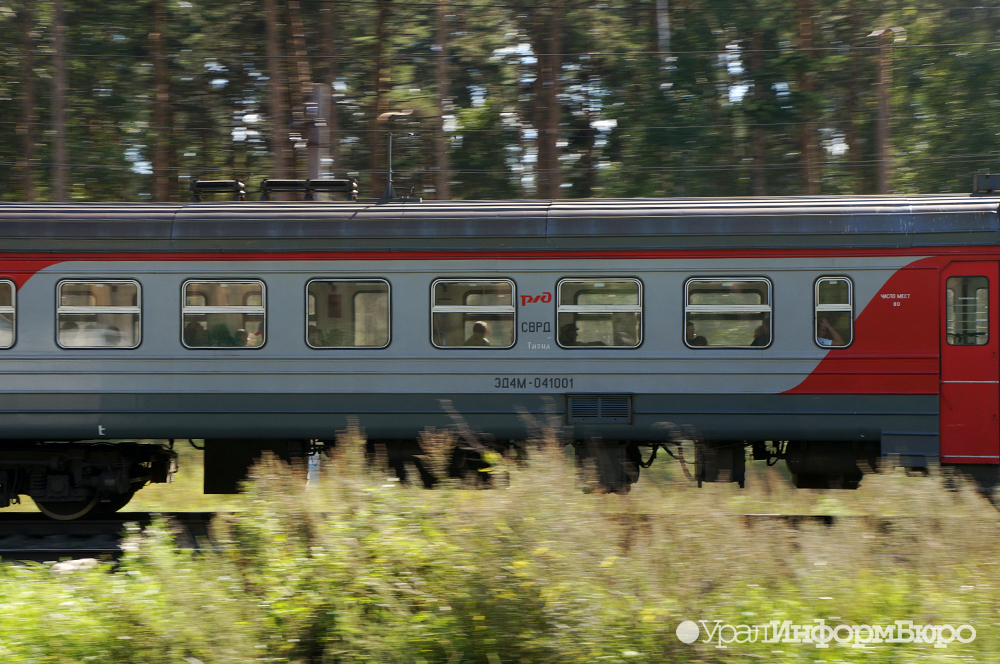
In this case, Moscow shows an example of how to create "good logistics based on the principle of seamless technologies."
"The development of the urban electric train can become an integral part of Ekaterinburg’s modern transport system similar to the Moscow Central Circle" Sergei Yaskevich told RusBusinessNews. "It forms a bond between the developing areas, nearby cities, and integrated railway transport with metro and other public transport."
Now the project is at the stage of "probing the soil". Experts are studying possible formation points of passenger traffic and trends in the intracity migration of the population. Next is a feasibility study.
Alexei Orlov, the head of Ekaterinburg, sees his task to be improving the environmental situation. Modern gas-fueled buses, modernization of electric transport are fundamental measures to reduce the burden on the environment. These are serious financial costs, and therefore concession agreements are an effective tool. Movement in everything is a new trend for the capital of the Ural region. Being among the leading cities of Russia means to respond to the current challenges in a timely and technological manner.
Oleg ESAULKOV
|
| Regions | Project participants | Investment projects | Consulates and Trade Offices | News and Analysis | About the Project |
|
© RusBusinessNews, 2009. All rights reserved. Establishing a hyperlink to RIA RusBusinessNews is required for using any of the material published on this website. News and analytical reviews are translated into foreign languages by the TRANSLIT Translation Agency |
«Sum of technologies»® Web design Site promotion |